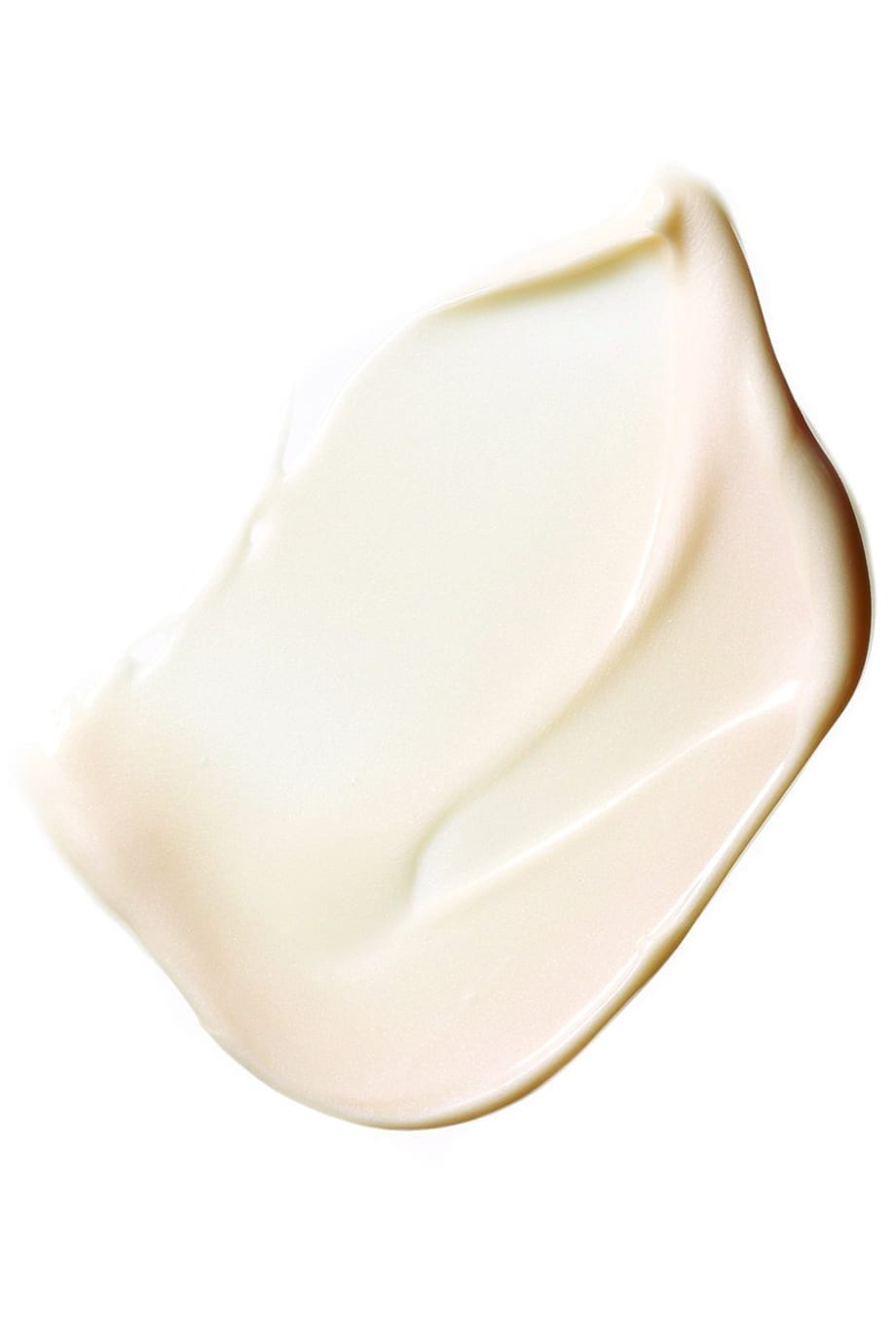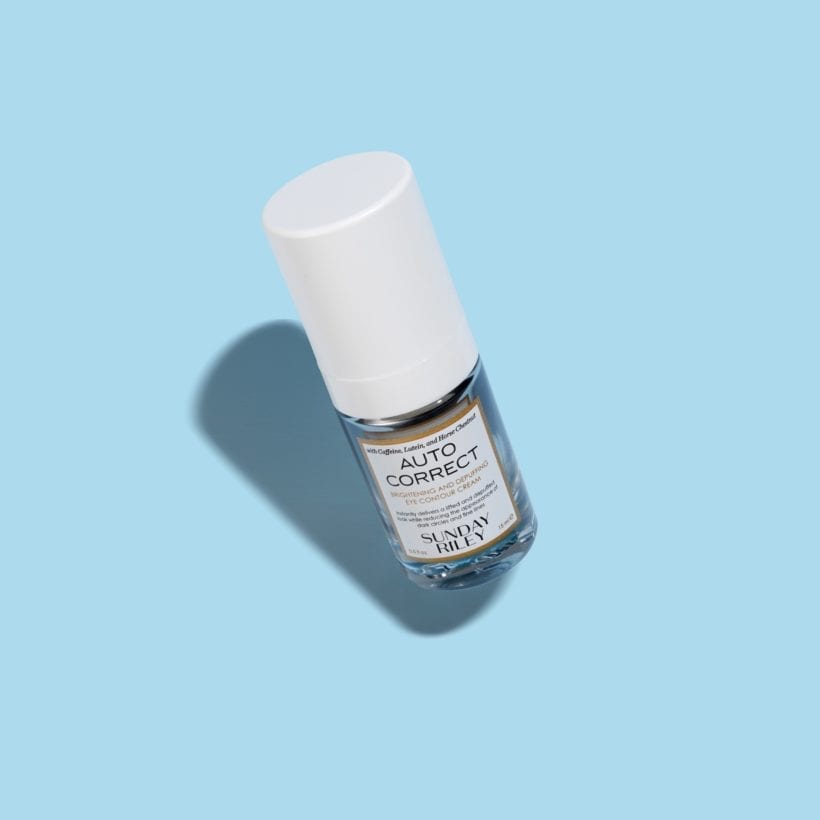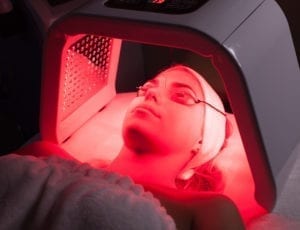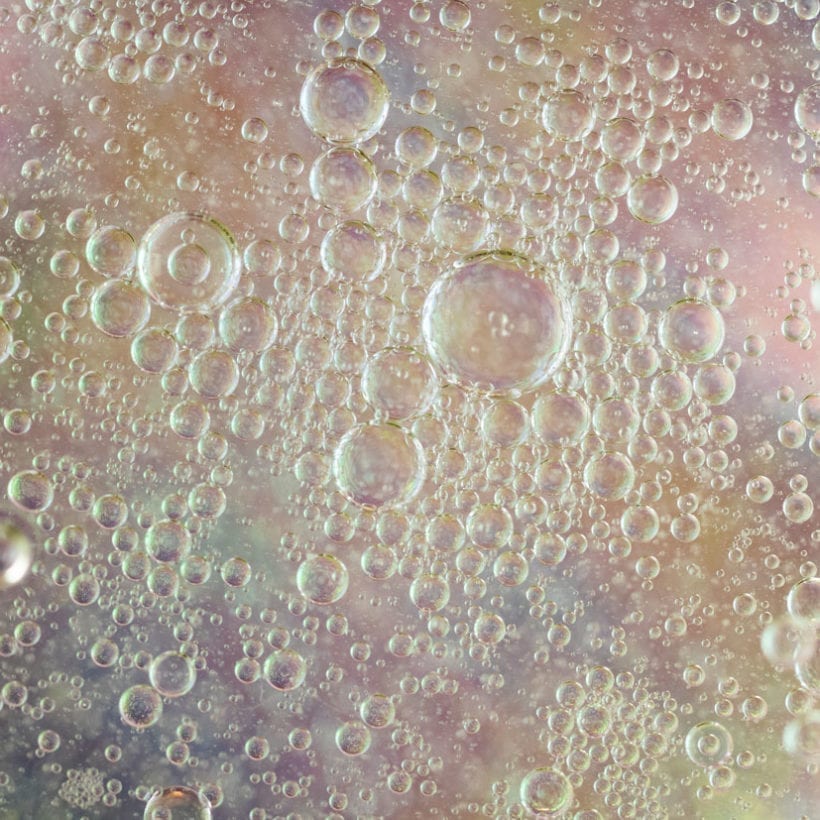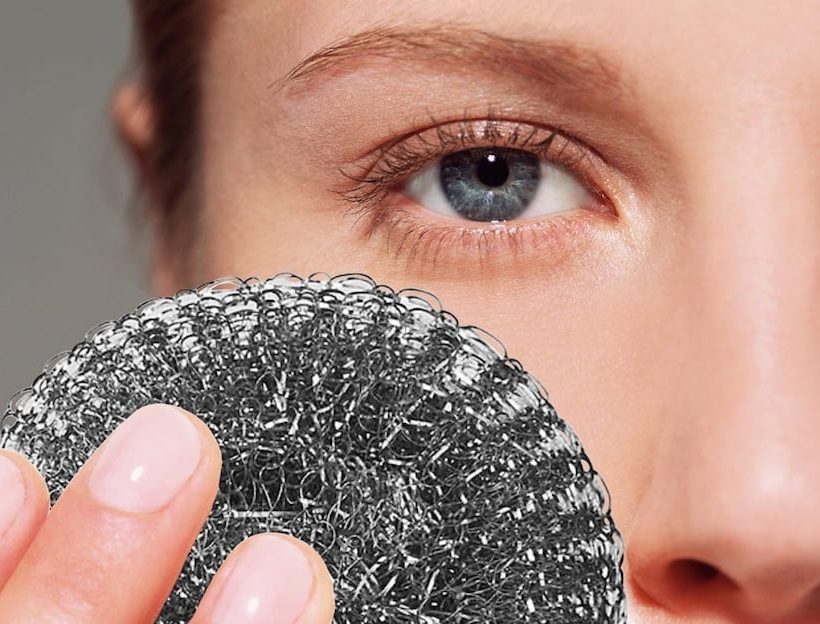If you are still secretly wondering whether or not you can use face cream on your eye area, listen up: It is high time for you to educate yourself on eye cream. No, eye cream is not the same as face cream, and yes, investing in and regularly using a quality eye cream can help prevent a host of unwanted skin issues, including fine lines, dark circles and inflammation. But what is eye cream exactly? What makes it stand out?
What is eye cream?
Eye cream is a specialized moisturizer specifically made for the delicate skin around the eye. As the skin in this area is extremely thin, it tends to be one of the first signs where aging becomes apparent, which is why it is so important.
But which ingredients should you look out for? And when is the best time to apply it? If you are curious about all things eye cream, keep reading.
Eye cream vs. face cream
Short answer: Yes! “Eye cream is different from face cream in that it tends to be lighter to address thinner skin,” explains Ritu Saini, M.D., a board-certified dermatologist in New York. “Heavier formulas used in face cream could cause clogged pores and milia [tiny white bumps that form when dead cells become trapped near the surface of the skin] around the eyes.”
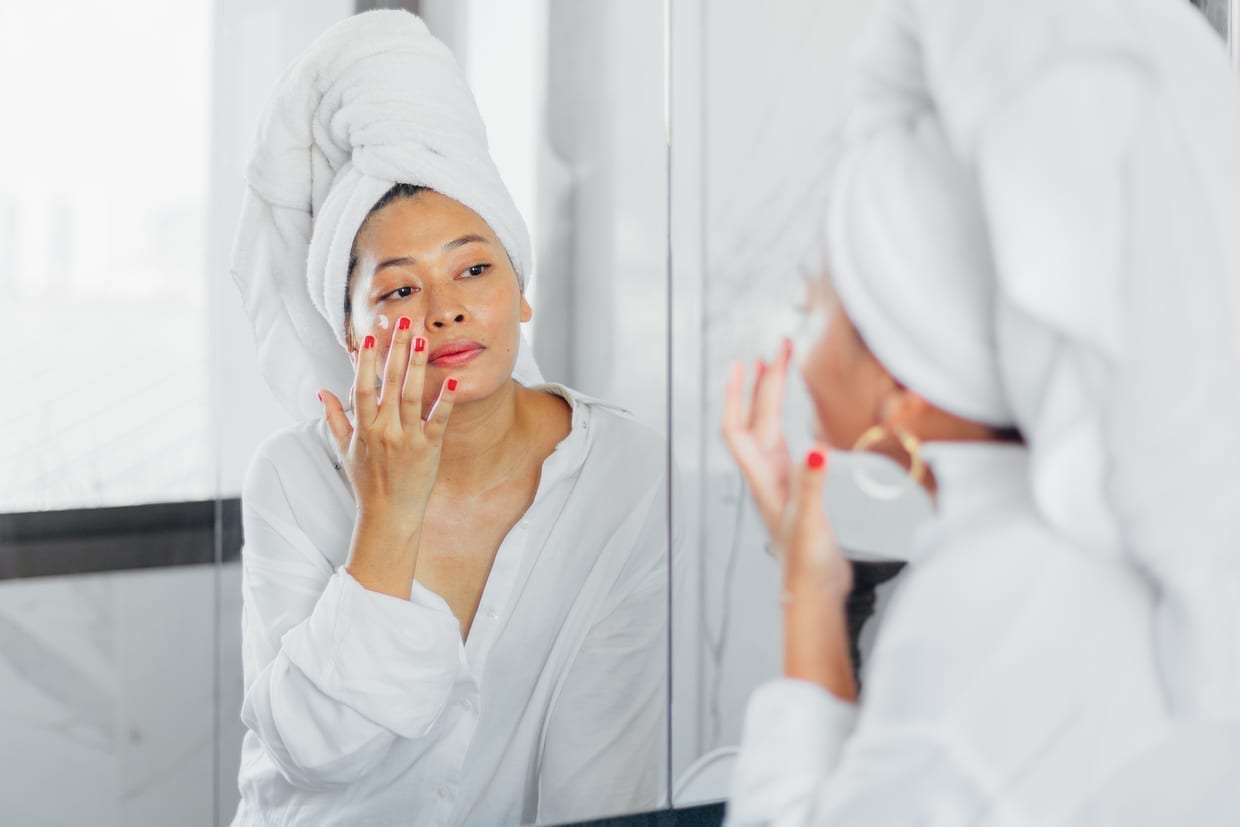
Kiran Mian, D.O., a board-certified dermatologist in New York City, explains that “eye creams are designed to be hydrating and absorptive, yet gentle enough for this delicate area, [while] face creams may be too coarse in their formulation, potentially leading to irritation.”
Moreover, unlike face cream or serum, eye creams are formulated to address specific eye-area skin concerns, such as puffiness, undereye bags and dark circles.
Why use eye cream?
The skin around the eye area is the thinnest and most delicate skin on the entire face. “It has fewer sebaceous [oil] glands and elastin than the rest of the skin on the face,” explains Minnesota-based dermatologist Holly Hanson, M.D., which means that it is also more prone to dryness and the development of fine lines. What’s more, “the skin around the eyes is also under the strain of multiple eyelid muscles in perpetual motion,” Hanson says.
When to apply eye cream
“Usually the earlier, the better,” says board-certified dermatologist Dhaval Bhanusali, M.D. “Having baseline hydration and nurturing the skin throughout life is the key to long-term maintenance and preservation.”
If the experts had to put an age on it, the consensus seems to be mid-to-late 20s. Still, there is no harm in starting to use eye cream even earlier since “the process of skin aging starts long before visible changes occur in the skin,” Hanson explains.
In addition to the natural aging process, our skin also takes a hit from environmental stressors, including pollution, UV rays and blue light exposure. Unlike UV rays, blue light has not been shown to cause skin cancer, but a growing body of research is finding that it does contribute to skin aging. Specifically, “blue light may penetrate through the skin, leading to free radical damage,” explains Joshua Zeichner, M.D., director of cosmetic and clinical research at the Department of Dermatology of The Mount Sinai Hospital in New York City. What’s more, “areas of skin that are thin, such as the skin around the eyes, are perhaps the most at risk,” Zeichner says. To help counter the effects of blue light exposure, you will want to look for certain ingredients in your eye cream, which we are breaking down next.
What are the best ingredients to look for?
“Using an eye cream with ingredients that are hydrating is key to maintain the integrity of this delicate area,” Mian says.
Hyaluronic Acid
Look for hyaluronic acid, which can hold up to 1000 times its own weight in water. “Hyaluronic acid provides immediate hydration to the skin and improves the texture of delicate eyelid skin,” Hanson adds. A humectant component known to attract and bind to water, this ingredient acts by improving hydration as it binds to the liquids and adds to your skin. Hyaluronic acid can also help reduce the overall look of wrinkles.
Retinol
Another beneficial ingredient, primarily for preventing and fading fine lines, is retinol, which stimulates collagen production and helps smooth the skin. A derivative of vitamin A, this pivotal ingredient can help by preventing aging and increasing skin elasticity, all by improving collagen production. It also speeds up cell turnover. This means retinol is great at helping with fine lines. However, you should know that if you start using high amounts of retinol products, it’s best to start slow, as some skin types can be more sensitive to it than others.
Antioxidants
For antioxidant protection, seek out vitamins C and E, which help “fend off the free radicals that break down collagen,” Hanson says. Vitamin C especially helps reduce signs of sun damage, and when combined with peptides, it can strengthen the skin, making it more robust.
Additionally, antioxidants are crucial in helping to combat the potential skin-aging effects of blue light exposure, Zeichner says. “Our best defense against this type of fight is to use skincare products that contain antioxidants,” he explains. “Think of antioxidants like fire extinguishers that put out inflammation caused by free radicals.” And for puffiness, use an eye cream that contains caffeine, which has anti-inflammatory effects on the skin that can help reduce the appearance of bags and swelling. You should also watch for sodium pyroglutamic acid (NaPCA), which can help increase the skin’s moisture.
When to start using eye cream for the best results
Know how much product to use while following the consensus of a skincare routine order as follows: Cleanser, toner, eye cream, face serum, face moisturizer and sunscreen. However you choose to tailor your own regimen, the most important aspect of applying eye cream is to dab it on with a ring finger (for lighter pressure) gently before applying your face moisturizer. “Applying the eye cream in this order allows the eye cream to treat eyelid skin while also protecting the delicate eyelid skin from irritating facial creams,” Hanson says.
To reap the most benefit, you should aim to apply eye cream both morning and evening. “A lighter formula with caffeine to reduce puffiness is great for the AM,” says Mian. “[And] a more hydrating, luxurious formulation with retinol is perfect before bedtime.”
We only recommend products we have independently researched, tested, and loved. If you purchase a product found through our links, Sunday Edit may earn an affiliate commission.

